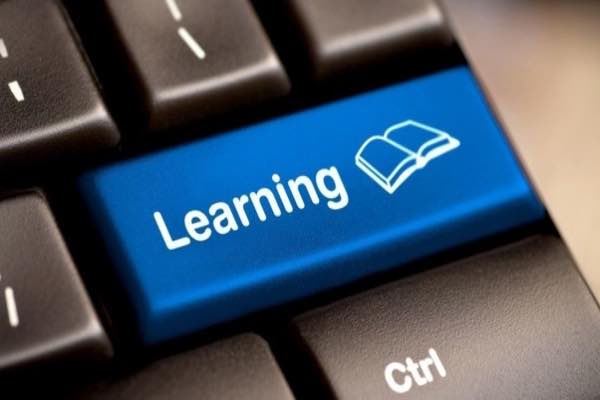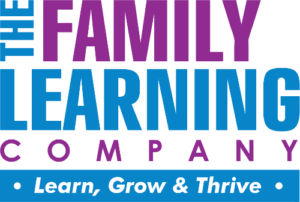English Language Learners and Family Literacy

The article underscores the unique literacy journey of English Language Learners (ELLs), highlighting the importance of phonemic awareness, phonics, vocabulary, and comprehension in literacy development. It stresses the influence of native language proficiency on phonemic awareness and advocates for an integrated approach to literacy skills. Helman's instructional guidelines emphasize a comprehensive approach to teaching phonics, crucial for ELLs. Interactive Family Literacy aligns with these strategies, offering explicit phonics in Spanish and English, vocabulary development, guided reading with eBooks, and structured writing opportunities. Technology, as discussed by Daniel and Cowan, enriches ELLs' language learning experiences, a key focus of Interactive Family Literacy, promoting reading comprehension and writing skills for ELLs.
By Jane Montes, PhD & Jonathan A. Bower
English Language Learners (ELLs) each bring their own, varied cultural and linguistic literacy development experiences to literacy acquisition in English. As explained in the 2006 report Developing Literacy in Second-Language Learners, [August, D., & Shanahan, T. (Eds.). (2006). Developing literacy in second-language learners: Report of the national literacy panel on language-] ELLs take a more unique route than their English speaking peers to developing literacy in English, even though their reading instruction comprises the same research-based components: phonemic awareness, phonics/decoding, fluency, vocabulary, and text comprehension along with writing skills development. Successful literacy instruction for ELLs results when ELLs build upon their prior knowledge, capitalize on opportunities for cross-linguistic transfer, and receive academic language and literacy instruction that is comprehensible.
Building on ELLs’ existing phonological awareness to develop phonemic awareness is equally important to their literacy development as it is for native English-speaking students. It is essential, however, to recognize that the ELLs’ development of phonemic awareness is largely influenced by their native language proficiency and their phonemic awareness of the sounds in their native language. [Herrera, S.G., Perez, D.R., & Escamilla, K. (2010). Teaching reading to English language learners: Differentiated literacies. Boston: Allyn & Bacon.] Given the interactive nature of the components of literacy, ELLs benefit most when all six skills are taken into consideration simultaneously, rather than learning them in isolation. For example, Helman discussed the importance of phonics in learning to read and also recommended eight instructional guidelines to support ELLs’ acquisition of the written code:
- Work with students at their developmental level;
- Build on students’ home language and literacy skills;
- Follow a systematic sequence of literacy instruction;
- Make phonics instruction clear and explicit;
- Use active learning strategies to teach and practice skills;
- Integrate vocabulary study into phonics instruction;
- Connect phonics instruction to meaningful texts;
- Check for understanding and use frequent informal assessments. [Helman, L. (2016). Literacy development with English learners: Research-based instruction in grades K-6 (2nd ed.) p.179. New York: The Guildford Press.]
Interactive Family Literacy implements these recommendations to offer ELLs appropriate second language literacy learning opportunities in English with meaningful practice in all six skill areas. Specifically, Interactive Family Literacy provides:
- Explicit phonics practice in Spanish and English using a language-specific scope and sequence for each language to ensure complete mastery of phonemic awareness and decoding skills, Explicit vocabulary development built on a curated list of over 1,200 high frequency vocabulary words essential for developing social and academic literacy,
- Over 120 grade-leveled eBooks in both Spanish and English with audio support for guided reading practice, tools to measure fluency, and activities supporting the development of reading comprehension via the framework Strategies That Work [Harvey, S., & Goudvis, A. (2000). Strategies that work: Teaching comprehension to enhance understanding. York, ME: Stenhouse.]: making connections, visualizing, inferring, determining importance, and synthesizing, and
- Structured opportunities to write that provide a scaffold from mechanics activities to free writing.
Daniel and Cowan [Daniel, M. C., & Cowan, J. E. (2012). Exploring teachers’ use of technology in classrooms of bilingual students. GIST Education and Learning Research Journal, 6, 97-110.] discussed the many language learning benefits of technology as an instructional tool for ELLs. Among those benefits, the Interactive Family Literacy supplemental program offers ELLs software-based practice that includes: the opportunity for ELLs to interact with their second language numerous times while developing control over a text through the processing of auditory and visual input; and, regular opportunities for oral language development in the form of collaboration with peers on interactive tasks that are meaningful and result in language learning. In these many ways, Interactive Family Literacy promotes both reading comprehension and writing skills for ELLs.
Click here to see how Interactive Family Literacy works for English Language Learners.
Here is synthesis of research on to address literacy for English Language Learners.
